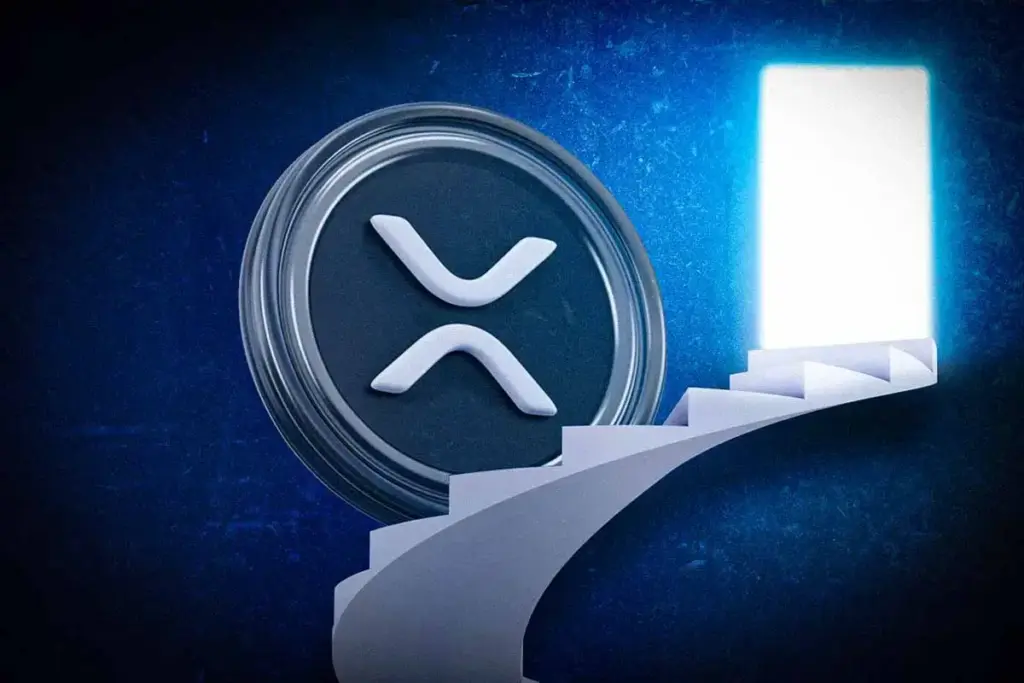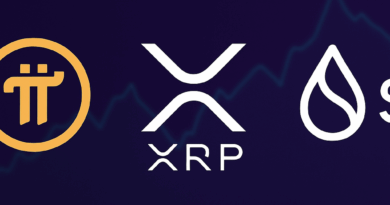Ripple’s RLUSD Stablecoin Powers Real-World Finance and Crypto Integration
- On December 17, 2024, Ripple introduced RLUSD, its own stablecoin project, into the stablecoin market.
- RLUSD highly prioritizes cross-border payments and regulatory compliance, making it a credible USDT competitor within the market.
According to data from DeFiLlama, an open-source analytics platform, the stablecoin market’s total market capitalization is $242.93 billion. The market cap has risen by $1 billion in the last week, making it a 0.41% increase. Tether (USDT) continues to be the market leader, with its market cap contribution at 62.12%. That may, however, soon be threatened by the not-so-distant future.
Ripple Labs’ RLUSD, introduced in December 2024, is creating its own space in the burgeoning landscape of stablecoin rivalry. The team behind Ripple recently issued a paper titled “Stablecoin Use Cases: What Are They Used For?” discussing at length the difference between RLUSD and existing stablecoins like USD Coin (USDC) and TrueUSD (TUSD). The report highlights the manner in which RLUSD is becoming a leader in Institutional DeFi and Real-World Asset (RWA) tokenization and is proving to be a viable substitute for traditional banking applications.
On-Chain Efficiency and DeFi Integration
Ripple’s ambition became even clearer on April 8, when the company made a major strategic move: acquiring Hidden Road, a global, multi-asset prime broker clearing over $3 trillion annually, for $1.25 billion. As we previously reported, this acquisition made Ripple the first crypto company to own and operate a fully-fledged global prime brokerage.
According to the report, “RLUSD, built on the XRP Ledger, acts as a trusted, regulated stablecoin that institutions can use to post collateral, settle trades, and unlock liquidity across blockchain-based platforms.” The brokerage platform plans to use RLUSD as collateral, demonstrating the first real-world implementation of cross-margining with a stablecoin. Cross-margining allows traders to use a single pool of collateral across multiple markets, foreign exchange (FX), derivatives, and crypto, instead of keeping separate margin accounts for each.
Institutions no longer need to lock up money in multiple accounts or work through several intermediaries. This streamlining reduces operational friction and allows capital to move faster and be used more effectively.
The report states:
RLUSD prioritizes compliance, speed, and settlement finality, key requirements for regulated stablecoin issuers. Ripple’s long-standing commitment to transparency and regulatory collaboration ensures RLUSD is built on solid foundations, offering both reliability and global utility.
While it operates on the XRP Ledger, RLUSD takes full advantage of native features like auto-bridging, a built-in mechanism that automatically finds the most efficient path to swap between two assets. It also supports the XRP Ledger’s native decentralized exchange (DEX), which, unlike Ethereum-based exchanges that require third-party protocols like Uniswap, is native to the ledger. This enables fast trading and on-chain settlement without having to use complex smart contracts, lowering cost and risk.
And with upcoming innovations like Multi-Purpose Tokens (MPT), a dynamic new token standard, and compliance-first updates that allow features like transaction tracking and identity verification, RLUSD will be even more robust and adaptable to regulated markets. In Ripple’s terms,
By becoming the first stablecoin to support cross-margining on traditional and digital markets, RLUSD is not just keeping pace, it’s raising the bar for what enterprise-class digital assets must be.




